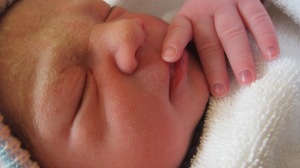 While most of the “birthing action” happened on June 19th, the process really started the Friday prior when Chela started experiencing some contractions and other early signs of labor. After calling the clinic and not reaching anyone (despite it being business hours), she called the hospital and was asked to come in to be checked out. Due to Kahlilah’s premature birth, they decided to keep Chela for 24 hours of observation. Although Chela experienced regular contractions (3-5 minutes apart) a couple times over that day, in general things stayed quiet. While Lieve didn’t decide to come out that day, both Albert and Chela agreed that it was a good test run. They realized they still had much to prepare, particularly since this time they had Kahlilah’s care to consider—not to mention the dogs. The hospital sent Chela home the next afternoon, saying that she could go into labor as soon as a day or two or as long as a couple weeks. (Both Albert and Chela had a feeling that it would be sooner rather than later.) Chela was instructed to take it easy—no housework, no bike-riding, etc.
While most of the “birthing action” happened on June 19th, the process really started the Friday prior when Chela started experiencing some contractions and other early signs of labor. After calling the clinic and not reaching anyone (despite it being business hours), she called the hospital and was asked to come in to be checked out. Due to Kahlilah’s premature birth, they decided to keep Chela for 24 hours of observation. Although Chela experienced regular contractions (3-5 minutes apart) a couple times over that day, in general things stayed quiet. While Lieve didn’t decide to come out that day, both Albert and Chela agreed that it was a good test run. They realized they still had much to prepare, particularly since this time they had Kahlilah’s care to consider—not to mention the dogs. The hospital sent Chela home the next afternoon, saying that she could go into labor as soon as a day or two or as long as a couple weeks. (Both Albert and Chela had a feeling that it would be sooner rather than later.) Chela was instructed to take it easy—no housework, no bike-riding, etc.
Early Wednesday morning, around 1 a.m., Chela felt a “prick” to her uterus, which immediately made her question whether her water had broken. But, nothing happened. So, she went back to bed. Over the next couple hours, she started to feel achiness in her lower back. A bit before 3 a.m., she woke up Albert to have him put counter-pressure on the ache. Albert wasn’t bothered by being woken up, since he had set his alarm to go off at 3 a.m. to watch the U.S.-Honduras World Cup qualifying game. Albert was smothering a shout when the U.S. barely missed scoring a goal 15 minutes into the game, when Chela came into the living room to say that she thought her water had broken. At that moment, both went into action timing contractions, watching for more water loss, and ultimately calling the hospital for instruction. The hospital told Chela to go in, so both Albert and Chela busied themselves for departure as well as getting Kahlilah and the dogs ready. The preparation took so long that, as Albert went to turn off the computer where he had been watching the game, he was able to see the U.S. score the game-winning goal.
Arriving at the hospital around 5 a.m., a friendly woman in the ER accompanied the family through a labyrinth of hallways to get to the elevator and up to the eighth floor. They put Chela in the “big” birthing room, which signaled it was “game time” since the previous Friday she was placed in one of the smaller, monitoring rooms. Kahlilah enjoyed the big room, with all the gadgets to play with, including a birthing chair on wheels. In the first 1.5 hours, the contractions were light so Chela was easily able to breathe through them, snack in between, and listen to music. The main concern during that time was taking care of Kahlilah. Given the early hour, Albert wasn’t able to immediately reach friends that had offered to watch Kahlilah. Luckily, Albert finally reached them and they came to pick up Kahlilah at 7:30 a.m. They fed her and took her to school and were overall life-savers. Albert was also firing off emails to arrange care for the dogs. After both Kahlilah and the dogs were arranged for, both Chela and Albert were relieved and could better focus on the task at hand.
At the same time Albert went downstairs to hand off Kahlilah, Chela started experiencing regular, stronger contractions—some of them coming two at a time. During this period, Chela was cared for by one nurse, one midwife and one midwife-in-training that came and went as the labor progressed. The nurse in particular was very caring, with decades of experience, which was reassuring to both Albert and Chela. When Chela seemed to be in extreme pain and Albert would begin to worry, he would see the nurse comforting Chela while calmly eating a sandwich and watching the fetal monitor, which made Albert feel like there was nothing to worry about. Albert knew things were progressing when the nurse put down her sandwich to completely focus on Chela. Every aspect of the care they gave Chela was night-to-day in comparison to what she received in Venezuela with Kahlilah. As opposed to being placed on a metal table that looked like it belonged in a morgue, she was in a nice, comfortable room with modern equipment overlooking the beautiful Amsterdamse Bos Park. The staff was focused on her needs, there to comfort and assist her, and not solely focused on a doctor’s needs. Also, during labor, she was encouraged to get up, walk around, and take a shower. The shower, in particular, helped Chela deal with some of the pain. However, soon the pain became so strong that she didn’t feel able to move around anymore. Just like the labor with Kahlilah, it developed very fast. She went from 3 cm to full dilation within an hour; total active labor was 3 hours. Chela let out an expletive when she was told she was at 3 cm. since, at that point, she already felt a lot of pain and was scared of having to experience it for a long time while she waited to dilate more. She needn’t have worried, since the labor was so quick.
Now might be a good time to mention that, as soon as the contractions strengthened, Chela started to repeatedly emphasize that “she does not do well with pain” and “maybe having a second child was not the best idea.” She repeated (loudly) the first phrase so many times during contractions that the midwife had to very forcibly tell her that they understood that she didn’t like the pain and that she needed to stop shouting or she’d hyperventilate. During contractions, Chela focused on Albert’s face or the steeple she could see through the window behind Albert. To her, it felt like the world shrunk down to that small space between her and Albert. Albert remembers in those moments seeing a facial expression that Chela had never, ever made before. It reminded him of the “blue steel face” from Zoolander—eyebrows drawn up to a point high on her forehead. Albert talked Chela through the contractions, often repeating the phrase “absorb and release the pain” until Chela snapped “I don’t want to absorb the pain; I want to get rid of it!” (But, really, he was great—calm and reassuring. So much so that the nurse said she told the midwife that she’d deliver a baby with him anytime!) But, back to the labor… Chela was particularly worried because she had developed allergies that week to some of the flowering plants and trees and felt like she wasn’t able to breathe through the contractions because of the congestion. The allergies, her asthma and the pain made her feel like she couldn’t catch her breath. When the pain was particularly bad, Chela said (again, repeatedly) “I know I’m not supposed to want it, but I want some medication.” Unbeknownst to Chela, the staff giggled a bit at her profuse apologies for requesting medication. After discussing the options and their pros and cons (another major deviation from the experience in Venezuela, where the doctor made the decision and administered the medicine without consultation), Chela ultimately decided to get a shot in the leg that would help her with the pain but mostly help her relax. At first, Chela told Albert to make the decision about which medication to use since she felt she didn’t have the mental capacity to weigh the pros and cons. However, the midwife emphasized that it was the mother’s decision to make. After the decision was made, Chela watched the clock like a hawk while the nurse prepared the medication and administered it, and for the 10 minutes that they said it would need to take effect. It was the longest 20 minutes Chela could remember. Ultimately, it helped calm Chela but she ended up giving birth within a half hour of its administration so its effect was limited.
When the baby was ready to be born, she came fast—in one final push. Chela and Albert were surprised to see her come out all at once and quickly placed on Chela’s chest. Later, when Lieve was taken by the pediatrician for assessment, Chela and Albert noticed all the blood Lieve left on Chela’s nightgown. Since Albert was watching the soccer game prior to going to the hospital, he was still wearing his centennial version U.S. soccer jersey. Although Albert wanted to hold Lieve, he remembered thinking later on—after seeing Chela’s blood-soaked nightgown—that he might ruin his brand-new jersey. But, he needn’t have worried because he wasn’t offered Lieve until she had been cleaned up and wrapped in a blanket later. Once the drama of the actual birth was over, Albert also had lost some of his nerve and had to leave the room a couple times while the midwives took care of business with Chela and also to call family. Chela was basically oblivious to everything else except Lieve. Chela held Lieve for over an hour, as the midwives took care of her, and until the pediatrician came for the assessment. Lieve, born at 10:48 am, had an apgar score of 9/10/10, weighed 2.75 kilos, was 47.5 cm long and had a head circumference of 33 cm.
Chela and Lieve ended up having to stay in the hospital for five days, as she had been born a bit premature (36.5 weeks) and later developed a bit of jaundice. In terms of the hospital stay, it was both better and worse than in Venezuela. On the positive, the nursing staff continued to be very patient focused (compared to Venezuelan nurses that were very doctor focused) and were ever present to help with changing Lieve, helping her to sleep, and helping Chela to breastfeed. Chela was also very happy that the hospital supported rooming in with the baby. However, on the negative, Chela had to share a room with another mother and her baby, which made getting the babies to sleep at the same time very challenging. Nights seemed to go on forever. The roommate also happened to be, let’s just say, different, which made rooming together uncomfortable at times. Also, husbands were only allowed to visit during certain hours and children were allowed to visit during even more limited hours. In contrast, Albert stayed in the room with Chela in Venezuela. Given that Albert couldn’t come without Kahlilah, he only was able to visit Chela and Lieve about 1.5 hours per day. Chela was mostly bored the whole time, but also lonely and sad that Albert and Kahlilah were missing out on the early days of Lieve’s life. But, the days passed in 3-hour cycles of changing diapers, nursing and sleeping and, soon enough, we were all home together five days later on Sunday June 23rd…now, a family of four.
To read Kahlilah’s birth story for comparison, follow this link.
Posted in Albert's Blog, Amsterdam, Chela's Blog, Family, Foreign Service Life, Kahlilah, Lieve

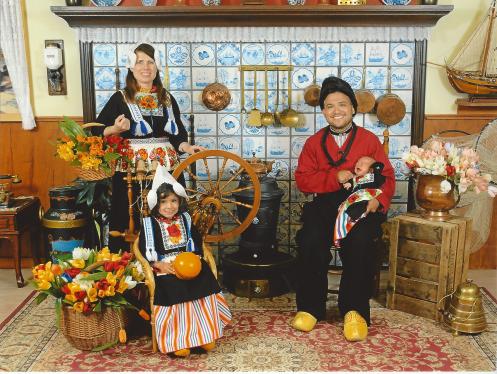
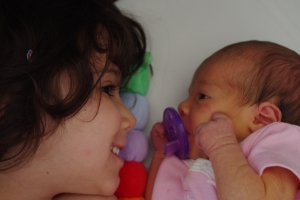



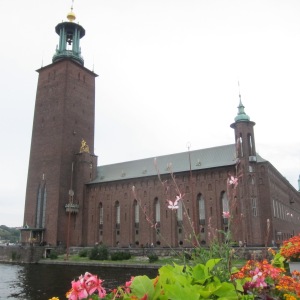

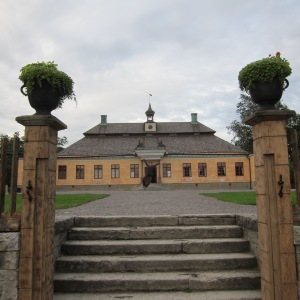
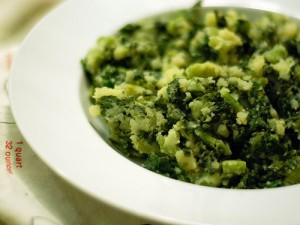
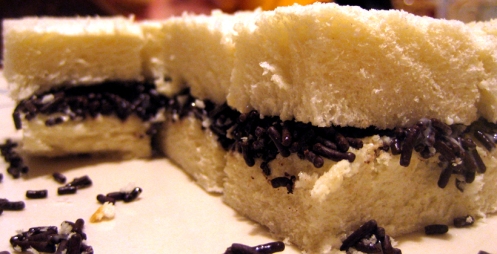
Recent Comments